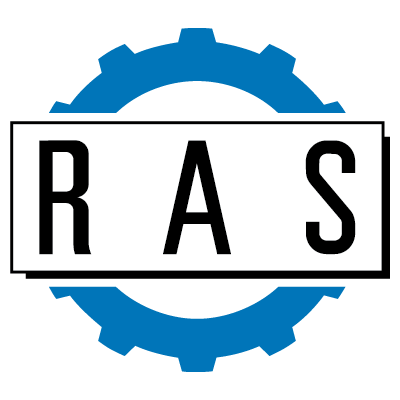Bending 4.0
Does an increase in performance of 640% sound attractive? But how can you reach such a level? Those, who already use state-of-the-art production systems, will not achieve this thrust by just targeting for faster production cycles. For an increase of the overall efficiency, it is not sufficient setting on faster axes movements and machine cycles.
The challenges are quite different. Large batch sizes are no longer reality for most companies. The customer always wants more individual products. Individualization does not only apply to the individual manufacturers, but more and more arrives in serial production. Unique product features increase the number of variants and reduce the batch sizes. Jobs are coming in smaller quantities. After having bent just some parts the machines need be setup for the job. The ratio between production time and set-up time is becoming increasingly unfavorable.
The work steps ahead of production, on the other hand, remain the same. However, a much more frequent passage through the indirect processes leads to a remarkable increased effort. A larger number of parts need to be analyzed for feasibility, partially redesigned and approved by the customer. After all production and design aspects are clear, the variants must be calculated and offered. Once the order has been received, machine programs need to be generated and setup plans need to be written.
This description makes it clear: The indirect processes cost increase significantly. The future goal therefore must be to optimize not only a single production step but the entire value chain. Mistakes need to be avoided even in a hectic environment and costs must be under control. If this target will be achieved, jobs with small batch sizes are worthwhile and profitable.
The Bendex software imports the file format and programs the part with a single mouse click. If programming took 10 minutes before, the Bendex Office software creates a program in less than one minute, and in addition visualizes the bending sequence in a 3D simulation. The software algorithms used to create the bending programs implement the expertise of hundreds of programmers. This not only speeds up programming ten times, but also allows the use of the software already during product development and design. The simulation allows the designer to check the feasibility of his new components long before the first blank is produced … and it does not require special bending skills. Additional meetings and agreements between product design, industrial engineering and production are reduced by 75%. These extra speed in the upstream areas, paired with an efficient tool change and thus short set-up times, create the cost-efficiency leaps that companies are currently looking for.



